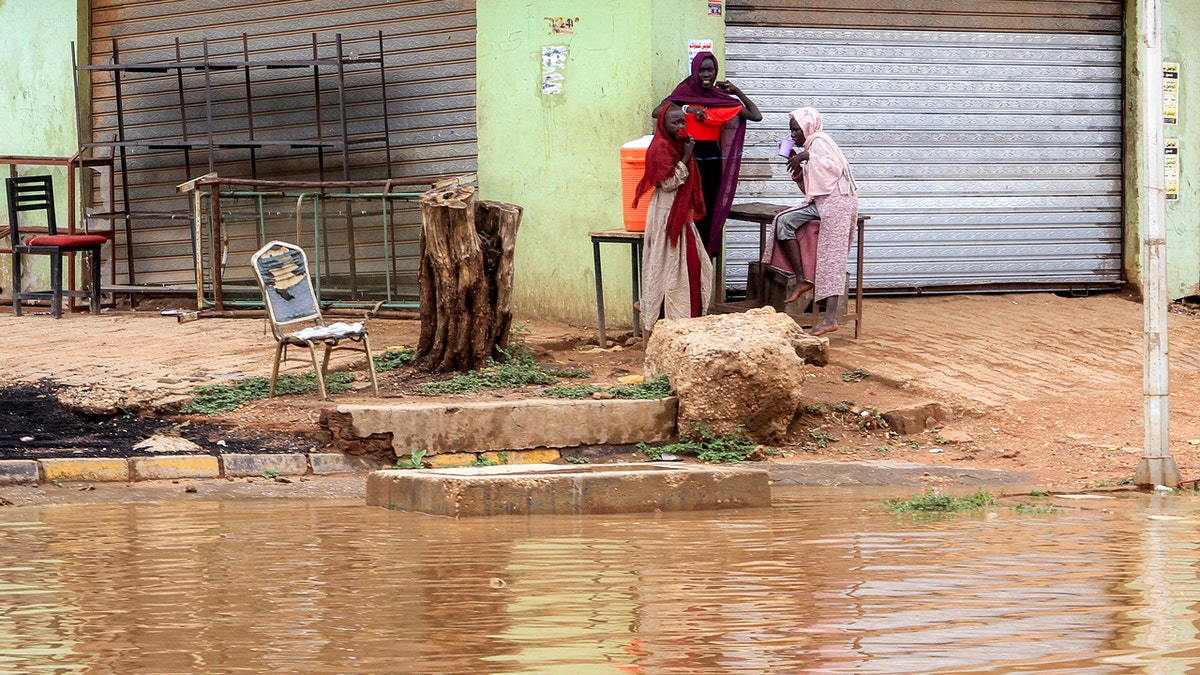Landslide Levels Darfur Village; Death Toll Unclear as Rescuers Race to Reach Survivors
Days of heavy rain triggered a collapse in the Marrah Mountains; rebel group and U.N. give widely differing death estimates amid access and conflict barriers
A massive landslide triggered by days of heavy rain swept through a village in Sudan's Marrah Mountains on Sunday, flattening homes and killing scores of people as rescuers and aid agencies scrambled to reach the remote, conflict-affected area.
The Sudan Liberation Movement/Army (SLM/A), which controls the area, said the village of Tarseen (also reported as Tarasin) was effectively wiped out and estimated that more than 1,000 people may have died, with only one survivor. The U.N. said the scale of the disaster was difficult to assess because the site is hard to reach and provided a lower provisional figure. Luca Renda, acting U.N. resident and humanitarian coordinator in Sudan, said teams were being dispatched and that an accurate count would become clear only after assessments.

Initial tallies vary sharply. The U.N.'s deputy humanitarian coordinator, Antoine Gérard, cited a figure of about 370 deaths but emphasized it was hard to verify. Local rescue teams reported recovering nine bodies, while the SLM/A said searchers had recovered roughly 100 bodies as of Tuesday evening. News organizations and aid groups cautioned that the figures could not be independently verified because access to Central Darfur is restricted by fighting and the mountainous terrain.
The landslide struck in a part of Central Darfur more than 900 kilometers (about 560 miles) west of the capital, Khartoum. Witness accounts and statements from the rebel movement said days of torrential rainfall saturated slopes in the Marrah Mountains before the collapse, burying dwellings and sweeping people away. The SLM/A issued an urgent appeal for humanitarian assistance from the U.N. and other regional and international organizations.
The incident compounds a humanitarian crisis in Sudan, where months of civil war have disrupted relief operations, displaced populations and limited access to many affected areas. Aid agencies said the security environment and the remoteness of the Marrah range are complicating efforts to deliver personnel, search-and-rescue teams and supplies.
Seasonal flooding is a recurring hazard in Sudan, and officials and humanitarian specialists have noted in recent years that heavier and more erratic rains — consistent with observed regional climate trends — are increasing the frequency and severity of flood-related disasters. Those trends have raised concerns about the vulnerability of rural communities that rely on seasonal rains for agriculture and live in steep or unstable terrain.
U.N. officials said they were mobilizing assistance, including rescuers and food, while noting that the priority remained reaching survivors and conducting a reliable assessment of damage and casualties. Local rebel authorities said they would support and coordinate incoming relief, but details about routes, timing and security arrangements remained unclear.
Independent verification of the full scale of the disaster will depend on gaining sustained access to the site. For now, the international community and regional humanitarian actors have warned that needs may be substantial if the higher casualty estimates are confirmed, and they urged expedited coordination to reach the area with lifesaving aid.

Officials and relief organizations said the priority in coming days will be search-and-rescue operations, establishing secure transport routes for aid, and delivering emergency food, water, medical supplies and shelter materials to survivors. Further updates on casualty figures and relief access are expected as U.N. teams and partner agencies complete on-site assessments.